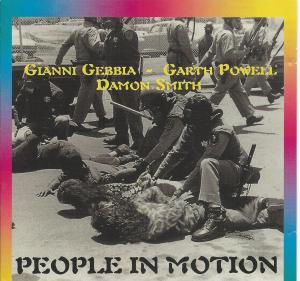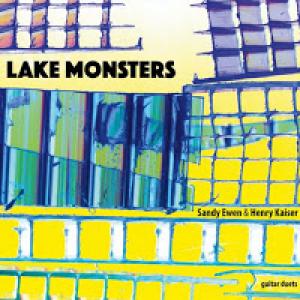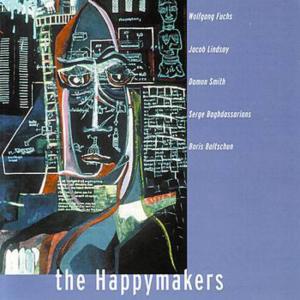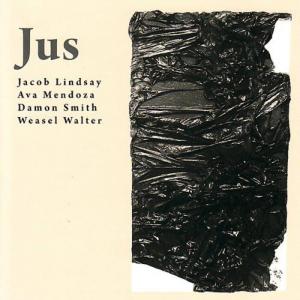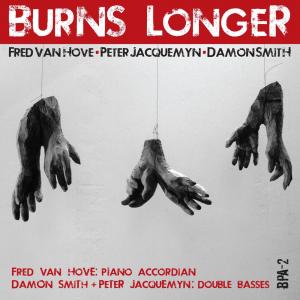
Burns Longer
Musicians: Fred Van Hove / Peter Jacquemyn / Damon Smith
Reviewed by Ken Waxman, Jazzword.com
One unusual set-up is captured on Burns Longer (Balance Point Acoustics BPA2) playing with Belgian bassist Peter Jacquemyn and American bassist Damon Smith. Grinding and goosing their eight strings the two scramble to keep up with Van Hove whose cadenza stream almost sweeps any interference out of his way. Not that this is a one man show. Both bull fiddlers hold their own, with one at a time fortifying the rhythmic pulse and the other stropping strings. Sharpened stops squeak from the highest register as often as bowed textures outline more supple textures. Although “Archiduc 2” is the most pianistic of the tracks, as Van Hove dampens his note waterfall by percussively stopping inner strings, the concluding 35½-minute “Archiduc 3” defines the narratives. Unexpectedly uncrating his accordion so that tremolo glissandi create an ostinato underpinning, the bassists’ response is close to what could be heard on a baroque recital. Back on piano, Van Hove’s kineticism increases. Yet the technical expertise of Smith and Jacquemyn allows them to not only respond with buoyant tones but also to mutate these timbres to resemble harsh blowing from saxophones or a didjeridoos. Finally just as it seems as if the mixture of splayed strings and cascading lines can’t get any more exciting, the trio reaches a crescendo of interactive polyphony as the altered chords and tremolo strokes meld.
